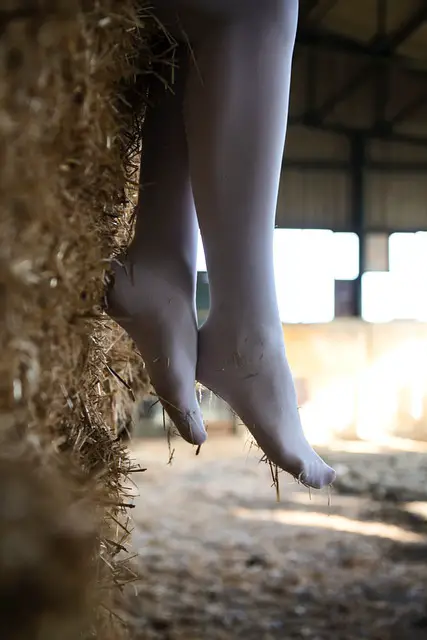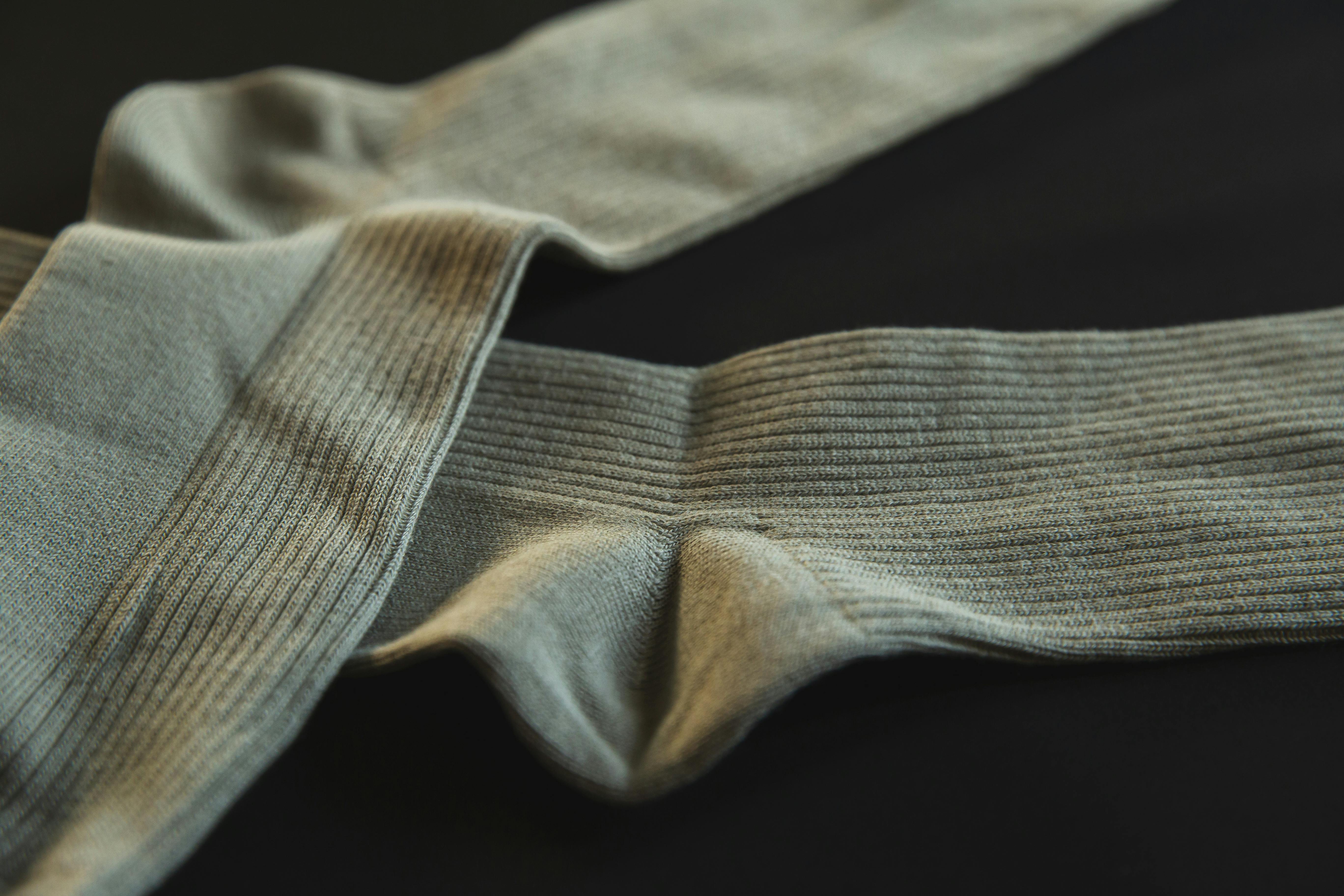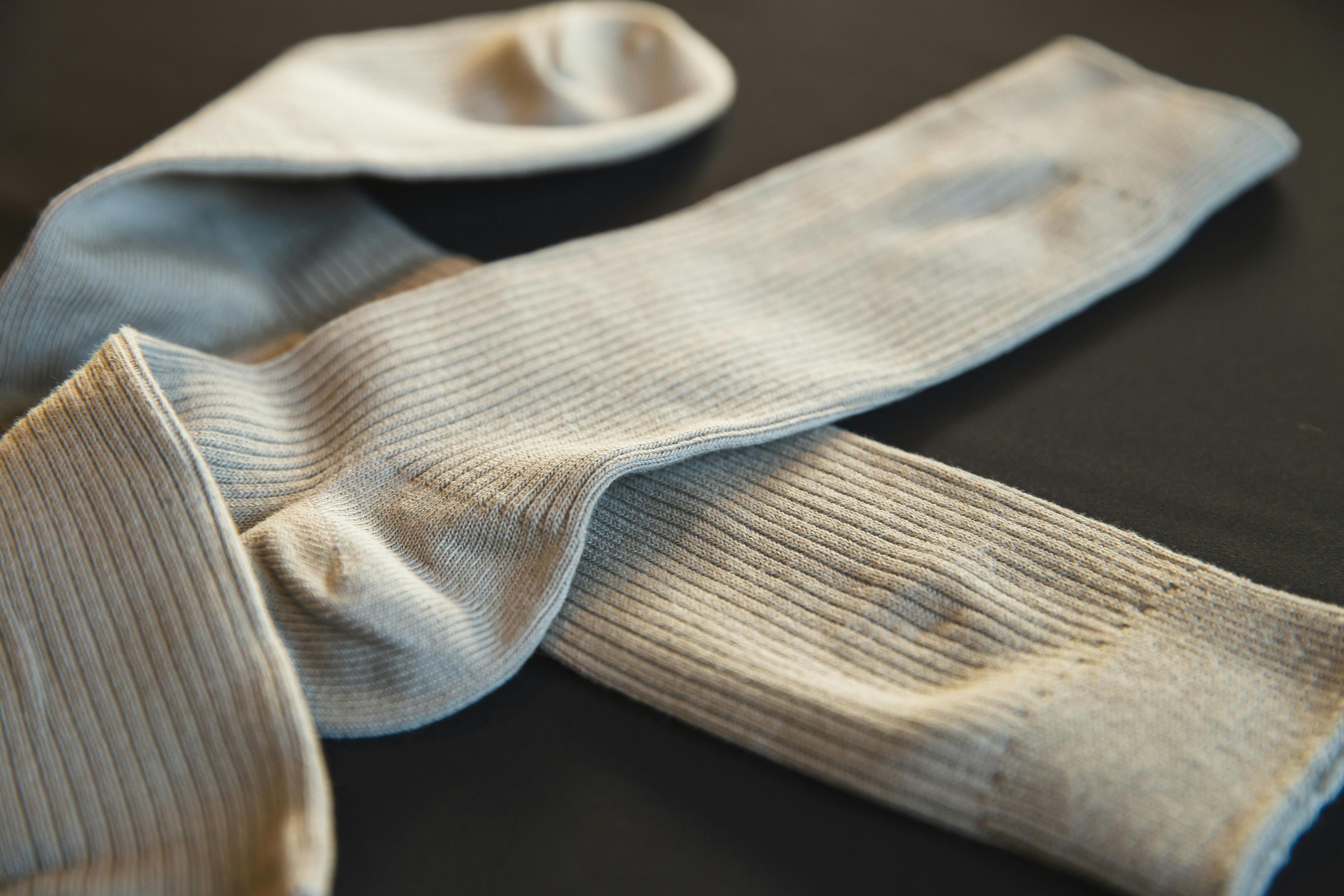How Long Can You Wear Compression Socks

Compression socks are designed to provide therapeutic pressure around the lower leg and foot. They are often worn for medical reasons, but can also be worn as a preventative measure. But how long can you wear compression socks? This article will explore the answers to this question and provide some tips on how to get the most out of wearing compression socks.Compression socks can provide a range of benefits, from reducing swelling in the feet and ankles to aiding athletic performance. To get the most out of your compression socks, it is important to wear them correctly. Here are some tips on how to wear compression socks for maximum benefit:
1. Measure your calf size before buying your compression socks so they fit properly. Compression socks come in a variety of sizes and lengths, so it is important to get the right fit for your legs.
2. Put on your compression socks first thing in the morning when your legs are at their least swollen state. This will ensure that you get the maximum benefit from the compression provided by the sock.
3. Make sure that you have rolled up the sock evenly so that it fits snugly on your leg without cutting off circulation or leaving any baggy areas.
4. Wear them throughout the day, but take them off if you experience any discomfort or reduced circulation in your legs or feet.
5. Remove them at night as you prepare for bed and give your legs a break from their tight fit before wearing them again in the morning.
Types of Compression Socks
Compression socks are a type of sock designed to provide support for the feet and legs. They are used to help reduce swelling, improve circulation, and reduce fatigue. Compression socks come in a variety of styles and sizes, so it is important to find a pair that fits correctly and provides the desired amount of compression. There are four main types of compression socks: graduated compression, anti-embolism, athletic compression, and diabetic compression.
Graduated Compression
Graduated compression socks are the most common type of support sock. These socks are designed with multiple levels of pressure along the length of the sock, with the highest levels near the ankle and decreasing as they go up the leg. The higher pressure at the ankle helps improve circulation by pushing fluid away from the feet and legs. This type of sock is often recommended for people who stand or sit for long periods or who have poor circulation in their lower extremities.
Anti-Embolism
Anti-embolism compression socks are designed to prevent deep vein thrombosis (DVT) or blood clots in people who have limited movement due to medical conditions such as stroke or heart attack. These socks provide firm but gentle pressure from ankle to knee which helps keep blood flowing properly in order to prevent clotting. This type of sock is often recommended for people who are bedridden or cannot move around easily due to medical conditions.
Athletic Compression
Athletic compression socks are designed to provide extra support during physical activity such as running or sports activities. These socks provide extra cushioning on key areas such as ankles and shins in order to reduce shock during impact activities while also providing arch support which can help reduce fatigue during extended periods of exercise. Athletic compression socks can also help reduce muscle soreness after exercise by improving blood flow throughout muscles and joints.
Diabetic Compression
Diabetic compression socks are specifically designed for people with diabetes who often suffer from poor circulation in their feet and legs due to nerve damage caused by diabetes. These socks use special fibers that help wick moisture away from the skin while also providing extra cushioning along key areas like ankles and toes which can help protect against blisters caused by rubbing against shoes or other surfaces while walking or standing for long periods of time. Diabetic compression socks can also help improve circulation which can lead to better overall health outcomes for individuals with diabetes.
Compression Socks: Benefits
Compression socks are specially designed to provide gentle, graduated pressure to the legs and feet. This helps improve circulation and reduce swelling, fatigue, and aching in the lower legs and feet. They are commonly worn by athletes during exercise or long periods of standing, as well as those who suffer from chronic conditions such as varicose veins, diabetes, deep vein thrombosis (DVT), and edema. Other benefits of wearing compression socks include:
Improved Blood Flow
The graduated compression of compression socks helps promote blood flow from the legs back up to the heart. This prevents blood from pooling in the lower legs and feet and reduces swelling. Improved blood flow also helps deliver more oxygen-rich blood to working muscles during exercise.
Faster Recovery
Compression socks can help speed up recovery after an intense workout or exercise session. By increasing circulation, they can help reduce muscle soreness and fatigue while improving overall recovery time.
Support for Varicose Veins
Varicose veins occur when a person’s valves that control blood flow become damaged or weak. Compression socks increase pressure on these weakened valves so that blood is pushed back up towards the heart instead of pooling in the veins. This helps reduce swelling and improves circulation.
Reduced Risk of Injury
Wearing compression socks can help reduce a person’s risk of injury while exercising or participating in sports activities. The graduated compression helps support muscles, tendons, and ligaments in the feet and legs which can help reduce strain on these areas.
Overall, wearing compression socks can provide numerous benefits for people who suffer from chronic leg conditions as well as those who are active athletes or participate in sports activities regularly. Compression socks can improve circulation, reduce swelling, promote faster recovery time, support varicose veins, and even help reduce a person’s risk of injury.
What are the Risks of Wearing Compression Socks?
Compression socks can provide a number of benefits for people who have poor circulation, varicose veins, and other medical conditions. However, there are some risks associated with wearing them. For example, wearing compression socks for too long can cause skin irritation or damage due to the tightness of the fabric. People who wear compression socks for extended periods of time may also experience discomfort due to tightness or heat buildup. Additionally, people with certain medical conditions such as diabetes should consult their doctor before using compression socks as they can increase the risk of infection in some cases.
Compression socks also come with certain health risks. For instance, if worn too tightly, they can restrict blood flow and lead to potential blood clots. People who already have circulation problems should be especially careful when using compression socks and seek advice from their doctor before doing so. Additionally, people with certain medical conditions such as kidney disease or heart failure should consult their doctor before wearing compression socks as they may worsen their condition in some cases.
How Long Should You Wear Compression Socks?
Compression socks are a great way to improve circulation, reduce swelling, and relieve pain. But how long should you wear them for optimal results? The answer to this question depends on a few factors.
First, you should consider the type of compression socks you are wearing. Compression socks come in different levels of compression ranging from light to firm. Depending on the severity of your condition and the level of support you need, you may need to wear them for longer periods of time.
Second, the length of time that you should wear your compression socks depends on your activity level. If you are active or exercising regularly, then it is recommended that you wear your compression socks for at least four hours each day. However, if you are sedentary or have a desk job, then it is best to wear them for up to eight hours each day.
Finally, it is important to check with your doctor before wearing compression socks for extended periods of time as they can cause discomfort if worn too long. Your doctor can provide more information about how long is safe for your particular situation and can also provide advice on which type of compression sock is best suited for your needs.
In general, it is recommended that people with circulatory problems or those who want to prevent foot and leg fatigue should wear their compression socks throughout the day as needed. However, if you experience any discomfort while wearing them or if they become too tight or restrictive, then it is best to take them off immediately and consult with your doctor about other options available for improving blood flow and reducing swelling in your feet and legs.

Compression Socks
Compression socks are a type of specialised medical hosiery designed to apply pressure to the lower legs to help reduce fatigue and swelling. They are usually worn for a period of time to help improve circulation in the feet and legs, and can also be used to provide relief from varicose veins, deep vein thrombosis, and even prevent blood clots. However, there are several factors that influence how long someone can wear compression socks before needing to take them off.
Size
The size of the compression sock is an important factor in determining how long it can be worn. If the sock is too tight, it can cause discomfort and may even restrict blood flow. On the other hand, if the sock is too loose it may not provide enough compression. It’s important to get the correct size for your legs in order to receive optimum benefits from wearing compression socks.
Frequency of Use
Another factor that affects how long someone can wear their compression socks is how frequently they are used. Generally speaking, compression socks should not be worn for more than two days without taking them off – this allows time for skin cells to regenerate before putting on another pair of socks. Additionally, when wearing compression socks for an extended period of time (more than 8 hours), it’s important to give your legs a break every few hours in order to prevent discomfort or skin irritation.
Material
The material used in the construction of a pair of compression socks will also play a role in determining how long they can be worn before being removed. Typically, lighter materials like cotton or spandex will allow more air circulation and thus be more comfortable than heavier materials such as wool or nylon. Additionally, breathable materials tend to reduce moisture build-up which can lead to skin rashes or infections if not addressed properly.
Finally, if you suffer from any medical conditions such as diabetes or poor circulation then it’s important that you speak with your doctor about what type of compression sock would be best suited for your needs as well as how long you should wear them each day.
Signs that You’ve Been Wearing Your Compression Socks Too Long
It’s important to remember that wearing compression socks for too long can be detrimental to your health. Compression socks are designed to provide support and improve circulation, but they should not be worn for extended periods of time. Signs that you may have been wearing them too long include: pain or discomfort, skin irritation, numbness or tingling in the feet, swelling, redness, discoloration of the skin, and a feeling of tightness.
If you experience any of these symptoms after wearing compression socks for a long period of time, it is best to remove them immediately and seek medical advice. It could be an indication that you are suffering from a circulatory condition called venous insufficiency or deep vein thrombosis (DVT). If left untreated, this condition can lead to serious health complications.
It is also important to ensure that your compression socks fit properly. If they are too tight they can cause pain or discomfort, so it is best to ensure proper fit before use. Wearing compression socks for too long can also cause heat rash or eczema due to excess sweating and trapped moisture in the material of the sock.
In general, it is best to limit your compression sock wearing time to no more than two hours at a time with at least four hours between each wear session. It is also important to take them off as soon as you start feeling any discomfort or irritation in order to prevent further damage from occurring.
When is it Time to Replace Your Compression Socks?
Compression socks are an essential part of any active lifestyle. They provide support and help to improve circulation while working out, running, or playing sports. However, like any other item of clothing, they will eventually wear out over time. Knowing when it is time to replace your compression socks is essential in order to get the most out of them and ensure that you are receiving the benefits that come with wearing them.
One of the first signs that your compression socks need replacing is when they start to lose their compression. Compression socks are designed to be tight and snug against your skin in order to provide the necessary support and circulation benefits. When they start to lose their tension, this can decrease their effectiveness. Additionally, if you notice any loose threads or fraying on your compression socks then it is a sign that they need replacing as soon as possible.
In addition to checking for signs of wear and tear, you should also keep an eye on how often you are wearing them. Compression socks should be washed after every use in order to keep them clean and reduce the build-up of bacteria. If you find yourself using them more frequently than recommended then it is likely time for a replacement pair. Finally, if you have had your compression socks for over a year then it is a good idea to replace them even if they do not show signs of wear and tear yet; as materials can weaken over time due to regular use.
Overall, knowing when it is time to replace your compression socks is key in order to get the most out of them and ensure that you are receiving all the benefits that come with wearing them regularly. Pay attention for signs such as fraying or loose threads, how often you are wearing them, and if they have been around for over a year even if no visible wear and tear has occurred yet; these will all help give you an idea as to whether or not it’s time for a new pair of compression socks!

Conclusion
Compression socks can be an excellent investment in your health and well-being. They can help improve circulation, reduce swelling, and provide support for your feet and legs. Depending on the type of compression sock you buy, you can wear them for up to a full day. As with any medical product, be sure to consult with your doctor before wearing compression socks to ensure they are the right choice for you.
It is important to follow the manufacturer’s instructions when it comes to wearing compression socks. Take care of them properly by cleaning and avoiding rough surfaces that may tear them. When in doubt, contact the manufacturer or speak to a medical professional about how long you should wear them each day.
Overall, compression socks are a great way to improve your health and keep your feet and legs feeling comfortable throughout the day. With proper care and attention, you can enjoy all the benefits of wearing compression socks for as long as is necessary for your particular situation.
